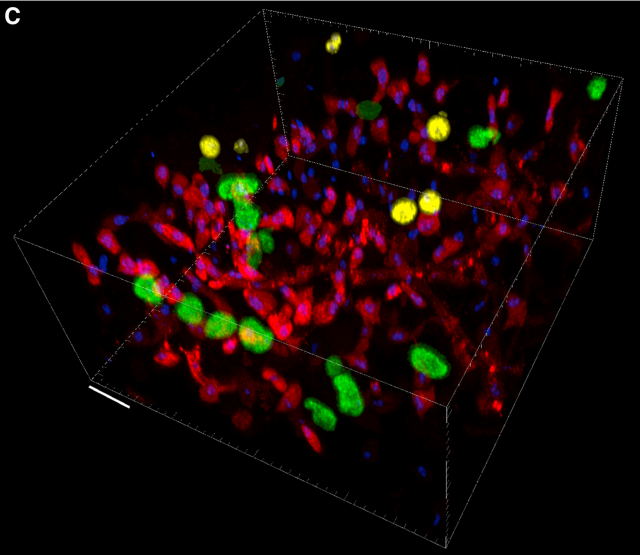MI weekly selection #314

3rd fungus found in lichen
Researchers have discovered a third fungus in lichen. In addition to an ascomycete and basidiomycete yeast, scientists have detected another basidiomycete, but they aren’t yet sure if this fungus has a symbiotic relationship with the lichen.
Microbes found hidden in deep-sea dolomite crystals near Japan
Microbes have been found living under extreme conditions inside crystals deep in the ocean off the western coast of Japan. The crystals contained grains of dolomite, within which the microbes were detected.
Robot helps researchers see how 290M-year-old tetrapod walked
Complete skeletons, a matching set of fossilized footprints and a robot have helped researchers figure out that a 290 million-year-old tetrapod moved with an upright posture, much like that of a caiman. Researchers used data gleaned from the skeletons and footprints to create computer models of the tetrapod that evaluated hundreds of different gaits.
Brain connectivity in people with autism more constant
Brain connectivity patterns appear to remain constant in people with autism, compared with people without the condition. “These networks [for decision-making, attention and self-reflection] hold on to brain activity for too long; they are too stable,” said Jeff Anderson, leader of one of the two studies.
Many coffee plants worldwide threatened
Sixty percent of the world’s known coffee plant species are close to extinction, per findings published in Science Advances. A study in Global Change Biology that considered the potential effects of climate change found that Arabica coffee may merit being classified as threatened on the International Union for Conservation of Nature’s Red List.